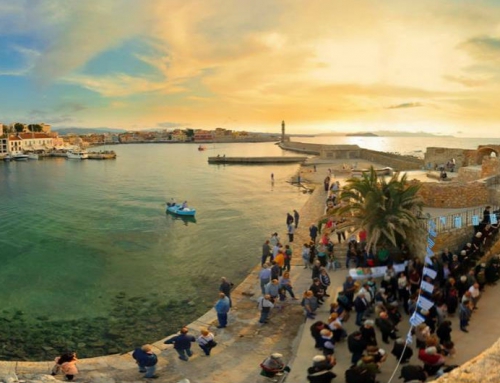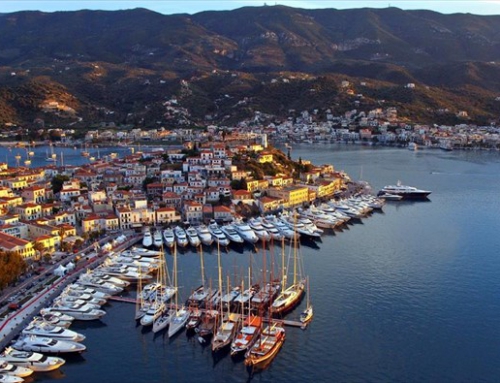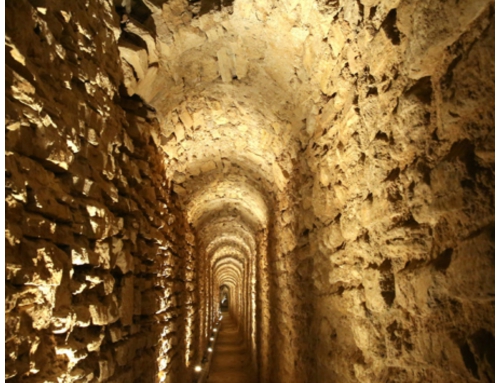Nature, culture and the aura of the Aegean formed a cluster of islands which themselves have the capacity to be a hallmark of what we say Alternate luxury because of they truly unique. The name of it, Santorini.
Sensations in superlatives, surrendered to the intensity of contrasts.
Santorini carries countless stories both before and after the eruption of the volcano at 1923. Its economic prosperity was based on its merchant fleet which plied trade in the Eastern Mediterranean, especially from Alexandria to Russia on 19th and 20th century. Oia, therefore, on the town, lived by ship-owners and captain. Finikia lived the farmers who took care of the vines and the precinct of the mule drivers who had animals, horses, mules, donkeys.
The power of this volcanic island creates an energy that overwhelms the senses. Black earth against white washed homes, wild volcanic sculptures against sleek Cycladic lines attract the visitors to this mythical Aegean Island.
Must See places in Santorini
Akrotiri
If Santorini is known as the “Greek Pompeii” and is claimant to the title of the lost Atlantis, it is because of the archaeological site of ancient Akrotiri, near the tip of the southern horn of the island. The Archaeological Site of Akrotiri is one of the most important archaeological sites on Aegean.
Caldera
The capital city of Phira on the west coast facing the caldera. The Caldera of Santorini is one of the most outstanding natural wonders on planet earth. Lava on the Water that became a rocky mountain. You can stand at the port of Athninios, just south of Phira and put a little distance between yourself, the volcano and the hill-villages or stand atop the cliff of caldera to live the experience of the sunset.
Beaches
The island is lined with unique beaches in exotic colours of black, red, and white, a product of their volcanic sand. Kokkini Paralia (Red Beach), is one of these rare landscapes of Santorini changing year by year as the shaping air, water or corrosion. Aspri Paralia (White Beach) gets it’s name from the white pebbles that cover parts of the beach and the white cliffs that surround it. White beach is only accessible by boat, makes this little stretch of coast a must see whilst in Santorini.
The wineries of Finikia
Before the 1956 earthquake in Finikia there were grocery stores, bakeries, cafes, school. Here they lived 2,500 people -mainly farmers who cultivated vines and produced the famous Santorinian tomatoes, beans, capers. In nowadays, you can explore the village following the route Fira-Firostefani-Imerovigli-Oia the most basic route on the island which inter-connects four of the most popular villages of the Caldera. Walk the cobblestone streets, take a rest in the courtyard of St Matrona, with its huge palm tree, and taste the local delicacies in the area’s tavernas.
Proposals
Accommodation: www.santorini-secret.com/en
Gallery: www.matiartgallery.com
Museums: www.santorini.com/museums
Gastronomy: www.seaside-restaurant.gr
Winery: www.artemiskaramolegos-winery.com
SANTORINI from Filipe Samora on Vimeo.





